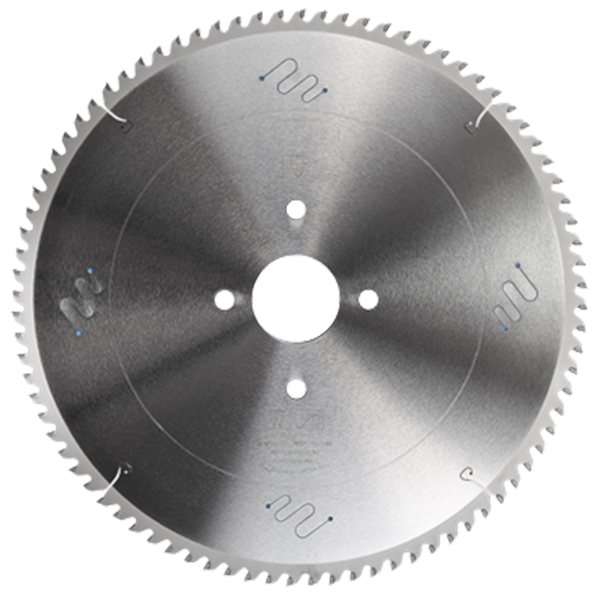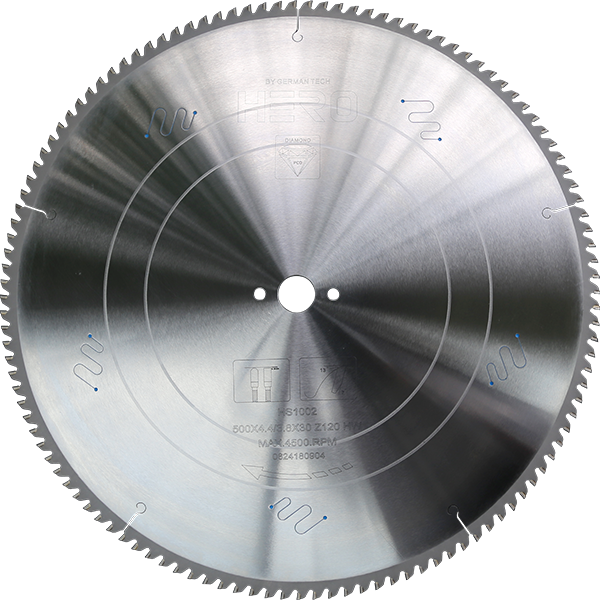What saw blade should I use to cut Stainless steel?
Stainless steel is one of the main CNC machining materials in our machine shop. Before we dive into the intricacies of how to cut stainless steel, it’s important to refresh our understanding of this versatile material. Stainless steel stands out in the metal world due to its unique properties.
Known for its high resistance to corrosion and staining, stainless steel is a popular choice in various industries, from kitchenware to construction. This resistance is primarily due to the alloy’s chromium content, which forms a passive layer of chromium oxide, preventing surface corrosion and stopping corrosion from spreading into the metal’s internal structure.
When it comes to cutting stainless steel, especially thick stainless steel, understanding its properties compared to other metals is essential.
Stainless steel’s density and tensile strength make it a more robust and durable option than aluminum but less conductive in terms of heat.
Compared with the high quality carbon steel, stainless steel material has added Cr, Ni, N, Nb, Mo and other alloying elements. The increase of these alloying elements not only improves the corrosion resistance of steel, but also has a certain effect on the mechanical properties of stainless steel. For example, martensitic stainless steel has the same carbon content when compared with AISI 1045 mild steel, , but the relative machinability is only 58% of AISI 1045 steel. Austenitic stainless steel is only 40%, while austenitic – ferrite duplex stainless steel has high toughness and worse cutting property.
While steel, in general, is a common material, stainless steel’s specific characteristics must be considered during the cutting process. The hardness and strength of stainless steel demand tools and methods that can handle its robust nature without compromising the quality of the cut.
As we explore the methods for cutting stainless steel, these fundamental differences will guide our choice of tools and techniques, ensuring that every cut is clean, accurate, and efficient.
Below are the 4 factors to explain why it is hard to machine stainles steel material.
1.Large cutting force and high cutting temperature
Stainless steel has high strength, large tangential stress and plastic deformation when cutting, so the cutting force is large. In addition, the thermal conductivity of stainless steel is very poor, causing the cutting temperature to rise, and the high temperature is often concentrated in the narrow area near the edge of the tool, which speeds up the wear of the tool.
2.Serious work hardening
Austenitic stainless steel and some high alloy stainless steel are austenitic structure, so the tendency of work hardening during cutting is large, which is usually several times than carbon steel. Especially when the cutting tool works in the hardening area, the tool life will be greatly shortened during stainless steel machining process.
3.Easy to stick cutting tools
Both austenitic stainless steel and martensitic stainless steel have the characteristics of chip toughness and high cutting temperature during CNC machining process. When the strong chip flows through the front cutting tool surface, we can find bonding, fusion welding and other sticky tool phenomenon, which will affect the surface roughness of stainless steel machining parts.
4.Tool wear is accelerated
Stainless steel generally contains high melting point elements, large plasticity and high cutting temperature. These features speed up tools wear, so the tools need to be changed frequently. Therefore, thhe tool wear will affect the production efficiency and improve the cost of tool use.
From the above, we can see stainless steel machining is more difficult than other CNC machining metals, it is necessary to choose high quality cutting tools and reduce the machining speed slightly, thus to guarantee the quality of stainless steel machining.
Mastering the art of cutting stainless steel can frequently appear as a formidable task. While advantageous, the material’s strength and durability pose a challenge when you need a precise cut.
The key to getting the best results lies in understanding the right tools and techniques. Whether you’re a seasoned fabricator in a machine shop or new to the trade, mastering how to cut stainless steel is important.
Circular Saw for Cutting Stainless Steel
What Is a Circular Saw?
A circular saw is a versatile power tool commonly used for cutting various textiles, including Stainless Steel. It consists of a toothed blade that rotates rapidly, allowing efficient cutting through thick or rugged materials. There are different types of circular saws, including corded and cordless models, with varying blade sizes and power capabilities.
Choosing the Right Blade
Before diving into the process of cutting Stainless Steel with a circular saw, it’s crucial to select the right blade. Not all circular saw blades have the same quality and specifications. Using the wrong blade can lead to inefficiency and dangerous situations.
For cutting Stainless Steel, you’ll want a carbide-tipped specifically designed for this purpose. These blades are extremely durable and can withstand the rigors of cutting through tough Stainless Steel.
A circular saw, fitted with a metal cutting blade, is a versatile tool that can be used for both thin and thick stainless steel. The key is to choose the right blade and maintain a steady hand. This method is particularly useful for straight cuts or when working with larger pieces of stainless steel.
Setting Up Your Circular Saw
Now that you’ve selected the appropriate blade and taken safety precautions, it’s time to set up your circular saw for stainless steel cutting. Begin by adjusting the blade’s depth, ensuring that it is set just slightly deeper than the thickness of the metal you’re cutting. This minimizes the risk of sparks and blade damage.
Circular saws often have variable speed settings. A lower speed is generally better for cutting stainless steel to prevent overheating and to maintain blade longevity. Consult your saw’s manual for RPM adjustment instructions.
Conclusion
Cutting stainless steel with a circular saw is a useful skill for DIY enthusiasts and professionals alike. By selecting the right blade, taking proper safety precautions, and using the correct techniques, you can make precise, clean cuts in various stainless steel. Remember that practice makes perfect, and as you gain experience, your stainless steel-cutting skills will only improve. So, equip your circular saw, follow the guidelines, and get ready to tackle your next metalworking project with confidence.
Choosing the right stainless steel cutting saw blade manufacturer is also indispensable, HERO is a professional stainless steel cutting saw blade manufacturers, welcome interested customers to choose us
Post time: Apr-11-2024








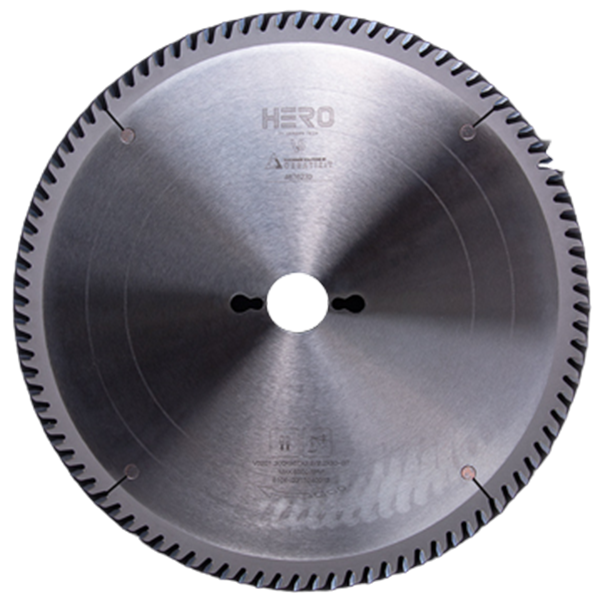 TCT Saw Blade
TCT Saw Blade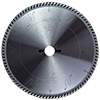 HERO Sizing Saw Blade
HERO Sizing Saw Blade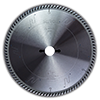 HERO Panel Sizing Saw
HERO Panel Sizing Saw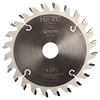 HERO Scoring Saw Blade
HERO Scoring Saw Blade HERO Solid Wood Saw Blade
HERO Solid Wood Saw Blade HERO Aluminum Saw
HERO Aluminum Saw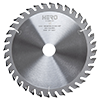 Grooving Saw
Grooving Saw Steel Profile Saw
Steel Profile Saw Edge Bander Saw
Edge Bander Saw Acrylic Saw
Acrylic Saw PCD Saw Blade
PCD Saw Blade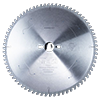 PCD Sizing Saw Blade
PCD Sizing Saw Blade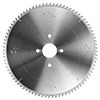 PCD Panel Sizing Saw
PCD Panel Sizing Saw PCD Scoring Saw Blade
PCD Scoring Saw Blade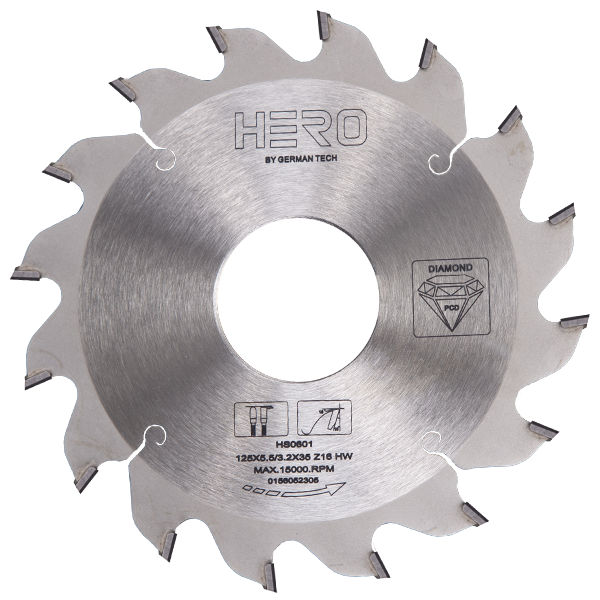 PCD Grooving Saw
PCD Grooving Saw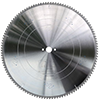 PCD Aluminum Saw
PCD Aluminum Saw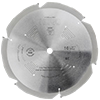 PCD Fiberboard Saw
PCD Fiberboard Saw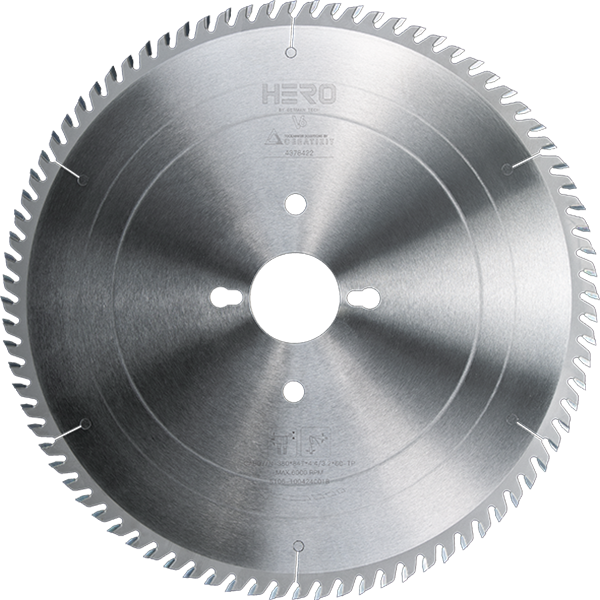 Cold Saw for Metal
Cold Saw for Metal Cold Saw Blade for Ferrous Metal
Cold Saw Blade for Ferrous Metal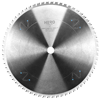 Dry Cut Saw Blade for Ferrous Metal
Dry Cut Saw Blade for Ferrous Metal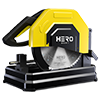 Cold Saw Machine
Cold Saw Machine Drill Bits
Drill Bits Dowel Drill Bits
Dowel Drill Bits Through Drill Bits
Through Drill Bits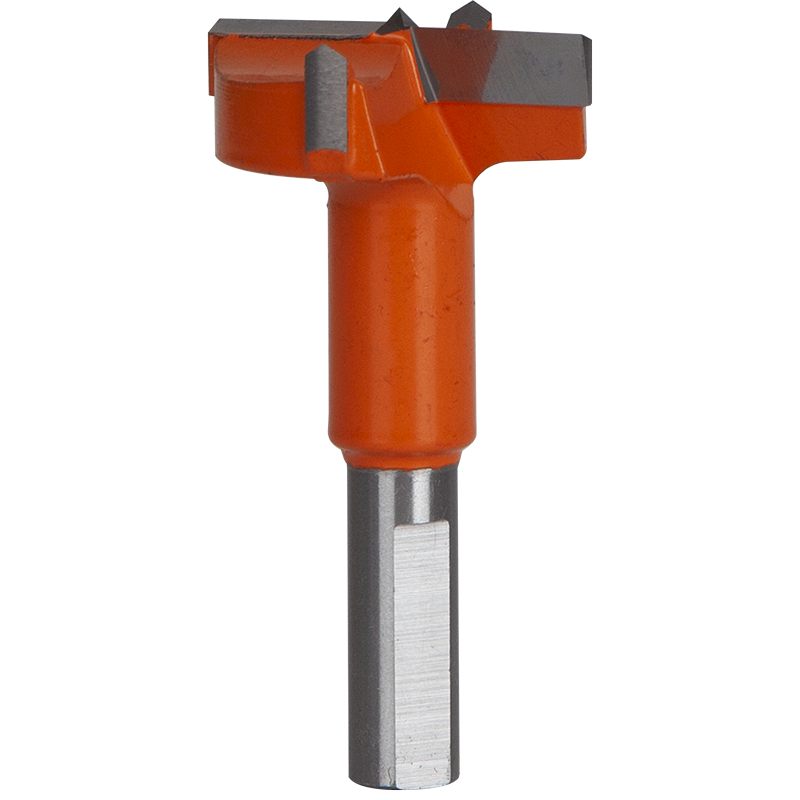 Hinge Drill Bits
Hinge Drill Bits TCT Step Drill Bits
TCT Step Drill Bits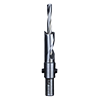 HSS Drill Bits/ Mortise Bits
HSS Drill Bits/ Mortise Bits Router Bits
Router Bits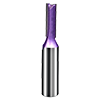 Straight Bits
Straight Bits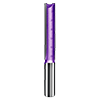 Longer Straight Bits
Longer Straight Bits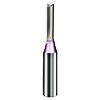 TCT Straight Bits
TCT Straight Bits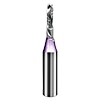 M16 Straight Bits
M16 Straight Bits TCT X Straight Bits
TCT X Straight Bits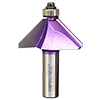 45 Degree Chamfer Bit
45 Degree Chamfer Bit Carving Bit
Carving Bit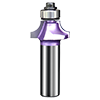 Corner Round Bit
Corner Round Bit PCD Router Bits
PCD Router Bits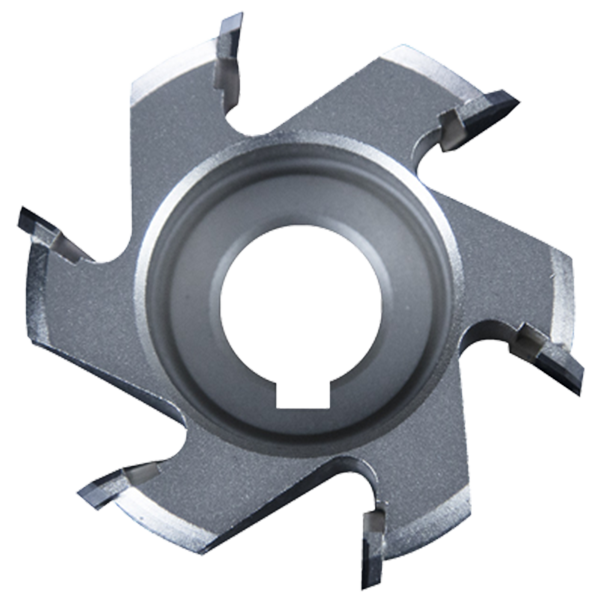 Edge Banding Tools
Edge Banding Tools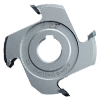 TCT Fine Trimming Cutter
TCT Fine Trimming Cutter TCT Pre Milling Cutter
TCT Pre Milling Cutter Edge Bander Saw
Edge Bander Saw PCD Fine Trimming Cutter
PCD Fine Trimming Cutter PCD Pre Milling Cutter
PCD Pre Milling Cutter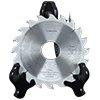 PCD Edge Bander Saw
PCD Edge Bander Saw Other Tools & Accessories
Other Tools & Accessories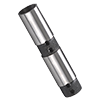 Drill Adapters
Drill Adapters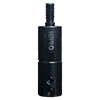 Drill Chucks
Drill Chucks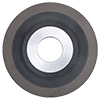 Diamond Sand Wheel
Diamond Sand Wheel Planer Knives
Planer Knives
